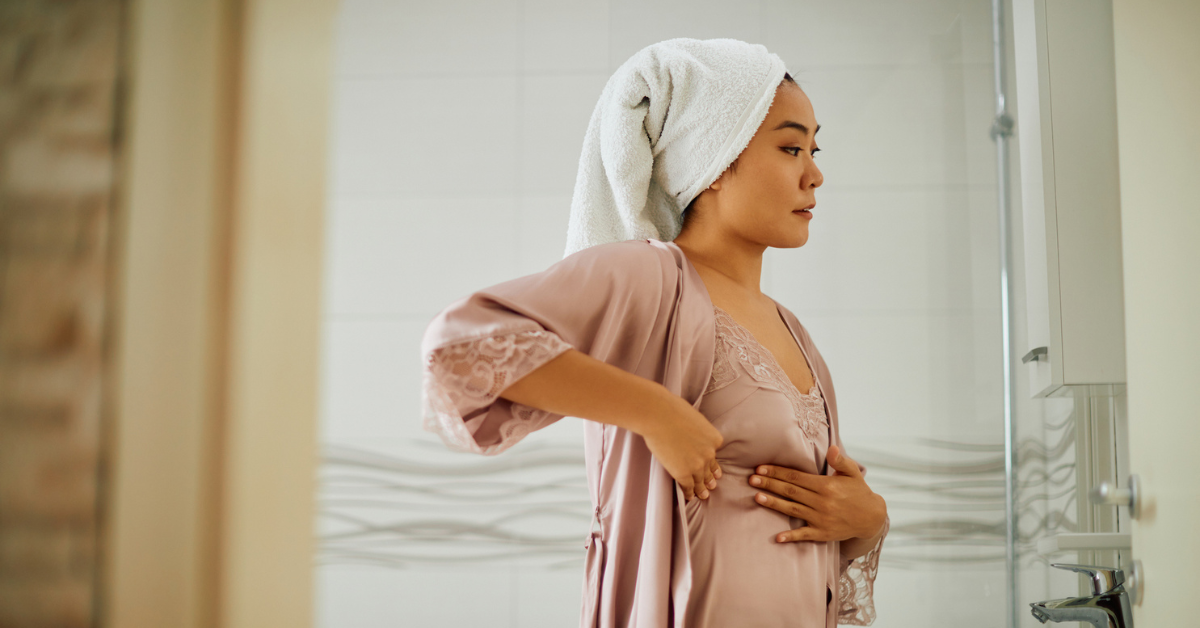Breast cancer is one of the most common cancers in women in the United States and accounts for about 30 percent of all new female cancers each year, according to the American Cancer Society.
One method for early detection is regular breast self-exams. Finding any issues early gives you the best chance of successful treatment.
Women 20 and older should begin practicing self-exams monthly, says Tidelands Health breast surgeon Dr. Craig Brackett, who practices at Tidelands Health Breast Center.
“You begin to know the anatomy of your breast tissue and what’s typical for you personally,” said Dr. Brackett, who also serves as medical director of the health system’s breast health program. “If you feel something new, you will know that wasn’t there before. If you don’t do it on a consistent basis, it can be harder to determine if you are feeling something that isn’t typical.”
The self-exam, done in three parts, includes observing and examining the breasts and the surrounding areas to detect any lumps, changes in shape or other abnormalities.
Stand in front of a mirror with your shoulders straight and your hands on your hips. Look for any visible changes in size, shape and color of your breasts and skin. Now, raise your arms directly overhead and look for the same changes.
In the shower, use the pads of your fingers to check the entire breast and armpit area. It can be helpful to use a circular motion and apply varying pressure.
While lying down, place a pillow under your right shoulder and put your right arm behind your head. Like in the shower, with your left hand, use the pads of your fingers to examine your breast tissue with varying pressure. Check for discharge by squeezing the nipple. Repeat on your left breast.
If you notice any of the following characteristics during your breast self-exam, let your physician know:
- Dimpling, puckering or bulging of the skin
- Inverted nipple or a nipple that has changed position
- Redness, soreness, rash or swelling
- Fluid coming out of one or both nipples
- A lump or mass in the breast or underarm area
- Changes in breast size or shape
“People should not ignore any physical findings,” Dr. Brackett said. “Please make an appointment with your physician, or one of us here at Tidelands Health, to get it looked at.”
While breast self-exams are a vital component of breast health awareness and early detection, they should not take the place of mammograms and clinical breast exams.
If you have no family history of breast cancer or findings in your monthly breast self-exam, Tidelands Health recommends getting your first mammogram at age 40 and repeating annually.
“Be cognizant of your risk factors and try to minimize the ones you can, such as obesity, sedentary lifestyle and alcohol consumption,” Dr. Brackett said.
